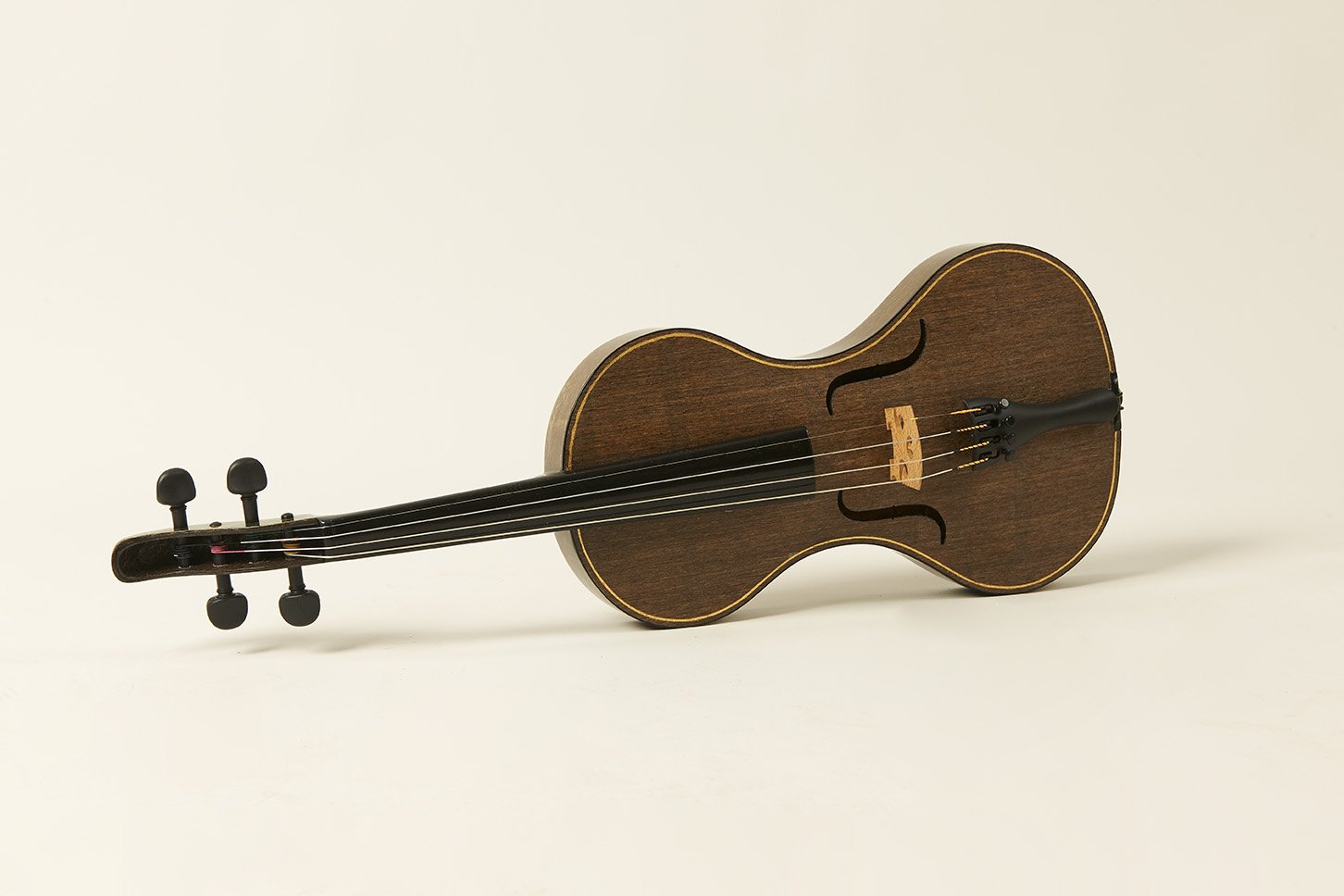
Frequently asked questions.
Why are the instruments made from flax fiber?
There are a few reasons:
Sound
When used in a very specific way, the material allows us to make instruments with an incredible projection and wide range of timbres! This is due to the unique material properties flax fibers offer.
Durability and stability
Flax fiber composite is stronger than conventional woods used to make music instruments. It is also less susceptible to changes in temperature and humidity. These qualities make the instruments less fragile and suitable to play inside and outside!
Local
Flax fiber is a fiber local to Belgium with a large history. Even today, 75% of the worlds flax fibers are produced in France/Belgium/The Netherlands.
How much will the instruments cost?
For cello the price will start at € 9.980 excl. taxes and shipping. For violas it will start at € 6.992 and for violin € 6.496.
Can the instruments be amplified?
Yes, each instrument is fitted with a new professional build-in pickup system going to an XLR output (for cello and double bass). Feedback from musicians is extremely positive, saying it has a great sound with way less feedback issues!
Is the fingerboard ebony?
No, we manufacture our own fingerboards. They are made from flax fiber composite with a black dye added to the resin. They look and feel just like traditional fingerboards, but have an increased durability and abrasion resistance in comparison to ebony.
When can I buy an instrument?
We will launch the instruments in 2025 and we will start with the cello. This will be followed by viola and violin in 2026. Register on our contact page to get access to preorders and be one of the first to get access to these instruments!
Can the set-up and sound of the instrument be changed or adapted like a wooden instrument?
Yes. Although our instruments leave the workshop with a good set-up, this can be changed as desired by any trained luthier.
Where will I be able to test and buy the instruments?
The instruments will be available to try at our workshop and you will be able to buy them from this website. The instruments will also be available to test and buy through our partners.
Do the instruments require playing in?
In our experience and those of the musicians we work with, the sound and playability of the instruments does seem to improve in the first days and weeks of it being played. After this first period of ‘settling in’ the instruments seem to remain more stable than regular wooden instruments.
Can the instruments be checked-in as baggage when traveling by plane?
Our instruments have no issue with the lower temperatures that some cargo holds have. So it will not suffer any damage during the flight from being in cargo. However: there is always a risk when other people are handling your instrument as it goes through security checks etc. (we have personal experience with a carbon fiber cello case being destroyed when it was checked-in baggage). As such we must answer that if you decide to check it, it is always at your own risk. If you do decide to check in your cello, we do recommend using a high quality hard case and to check it at the boarding gate.
How do flax fiber instruments compare to carbon fiber and wooden instruments in sound and playability?
In the limited comparative tests that we have done, our flax fiber instruments were favored over instruments made from carbon fiber, and are on par with the highest quality wooden instruments. In the largest blind listening test we have done with thirty musicians and three cellos, 17 favored our flax fiber cello, 10 favored the wooden cello, and 3 the carbon fiber cello. We must add that, although we did our best to make these tests as objective and fair as we could by following recommendations of the scientific community (C.Fritz & D. Dubois 2015), these tests were not peer-reviewed and conducted by us. We always recommend musicians to conduct their own comparative tests and welcome all feedback!